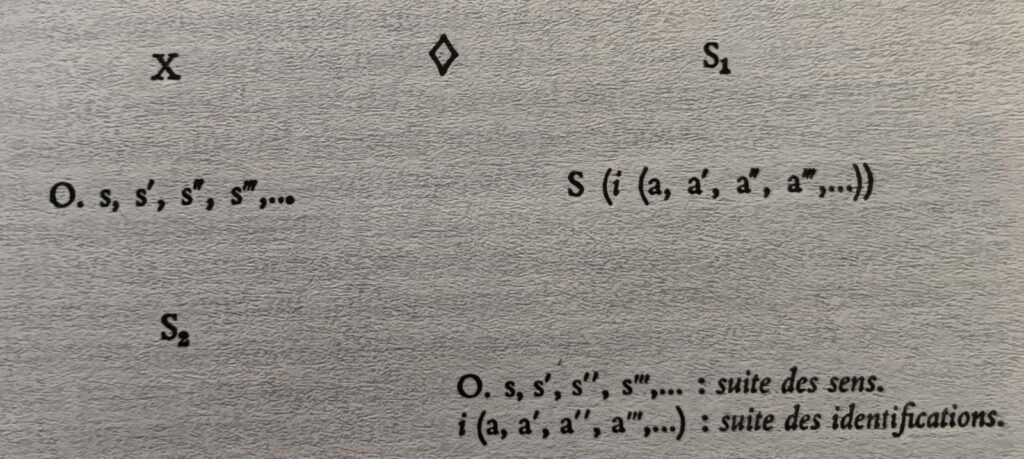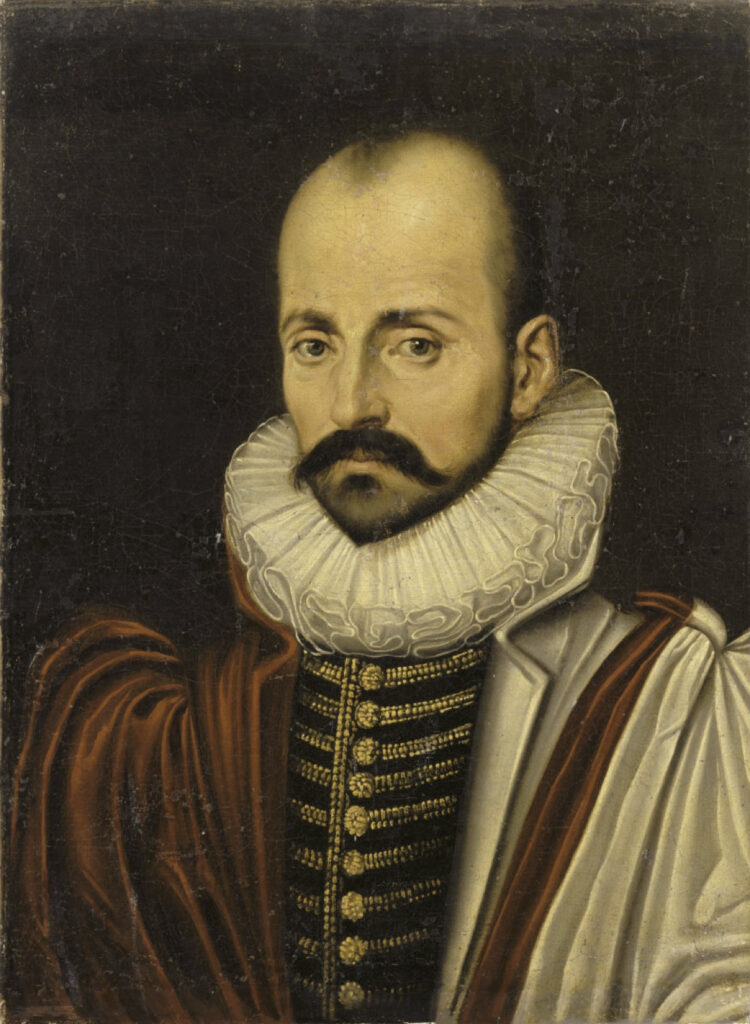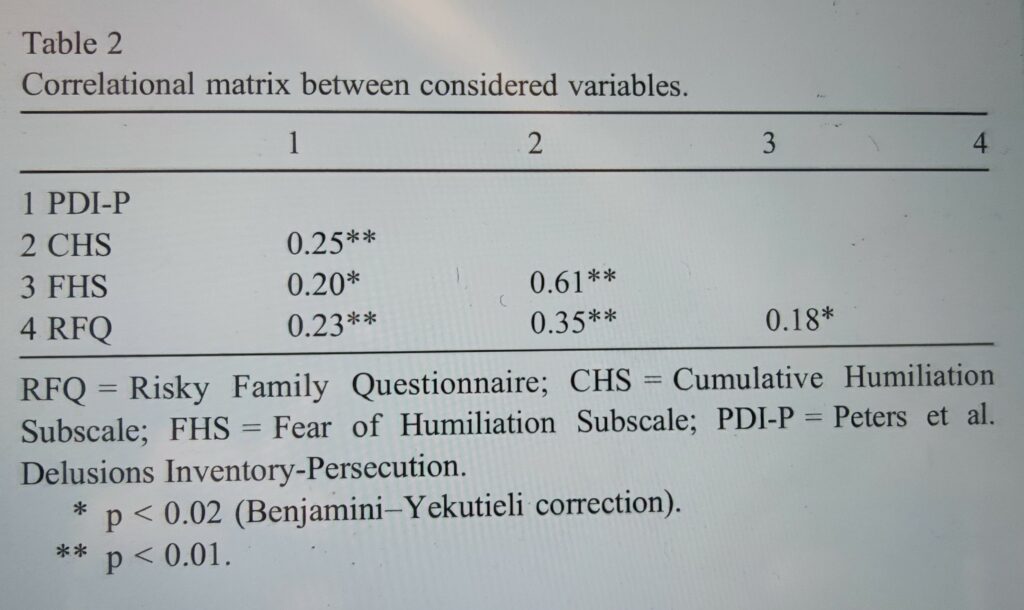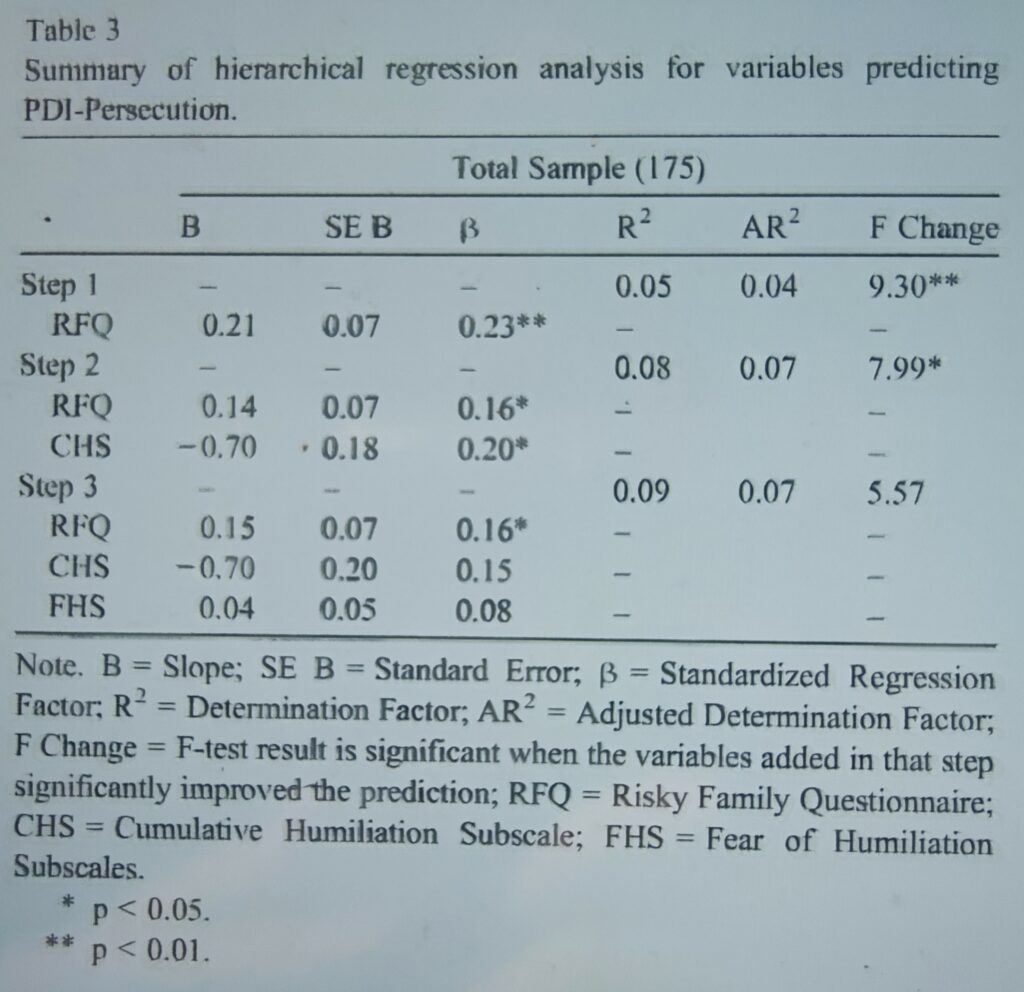It is as thought the life of the organism moved with a vacillating rhythm. One group of instincts rushes forward so as to reach the final aim of life as swiftly as possible; but when a particular stage in the advance has been reached, the other group jerks back to a certain point to make a fresh start and so prolong the journey.
Sigmund Freud, “Beyond the pleasure principle” in The complete work of Sigmund Freud vol XVIII, Hogarth edition, London, p. 41
Il y a une sorte de rythme-hésitation dans la vie de l’organisme; un groupe de pulsions s’élance vers l’avant afin d’atteindre le plus tôt possible le but final de la vie, l’autre, à un moment donné de ce parcours, se hâte vers l’arrière pour recommencer ce même parcours, en partant d’un certain point, et en allonger ainsi la durée.
Sigmund Freud, Au-delà du principe de plaisir (1920), Petite Bibliothèque Payot, 2020, p. 105






